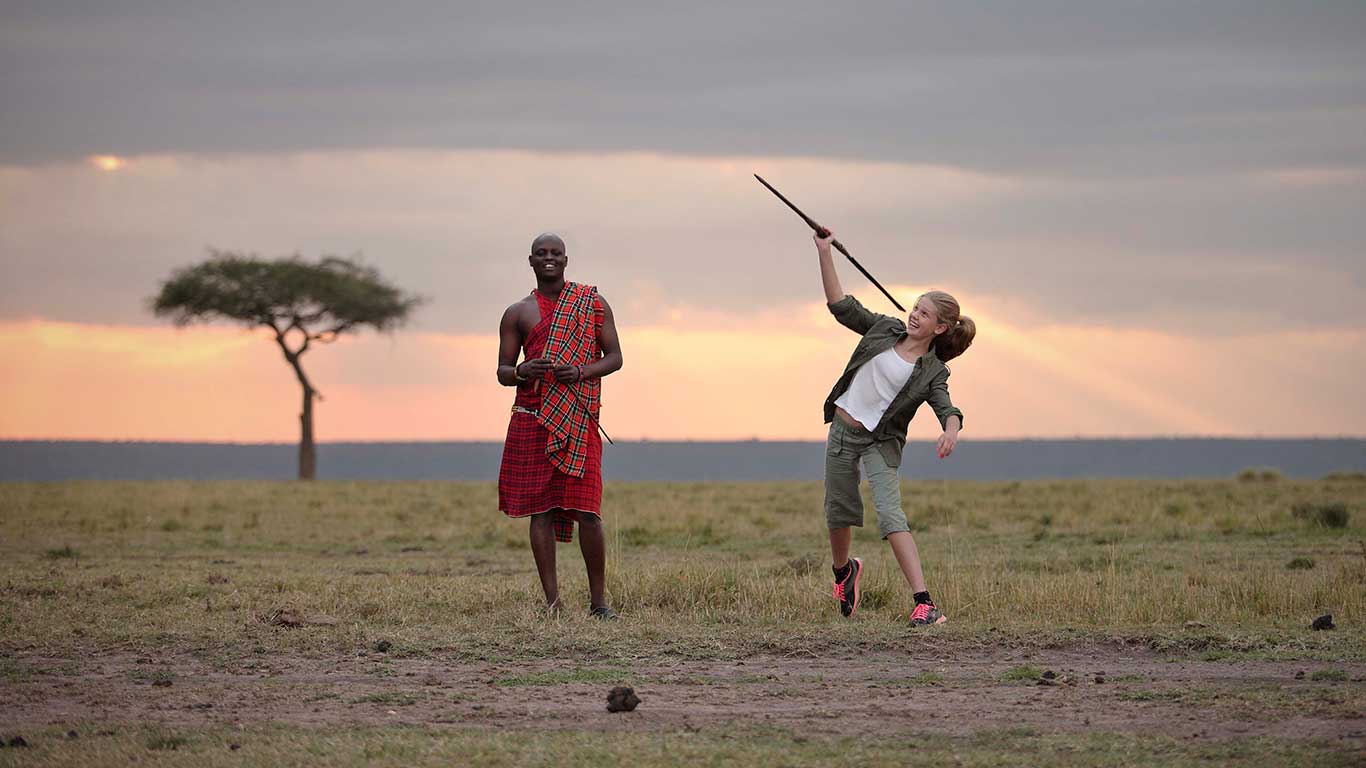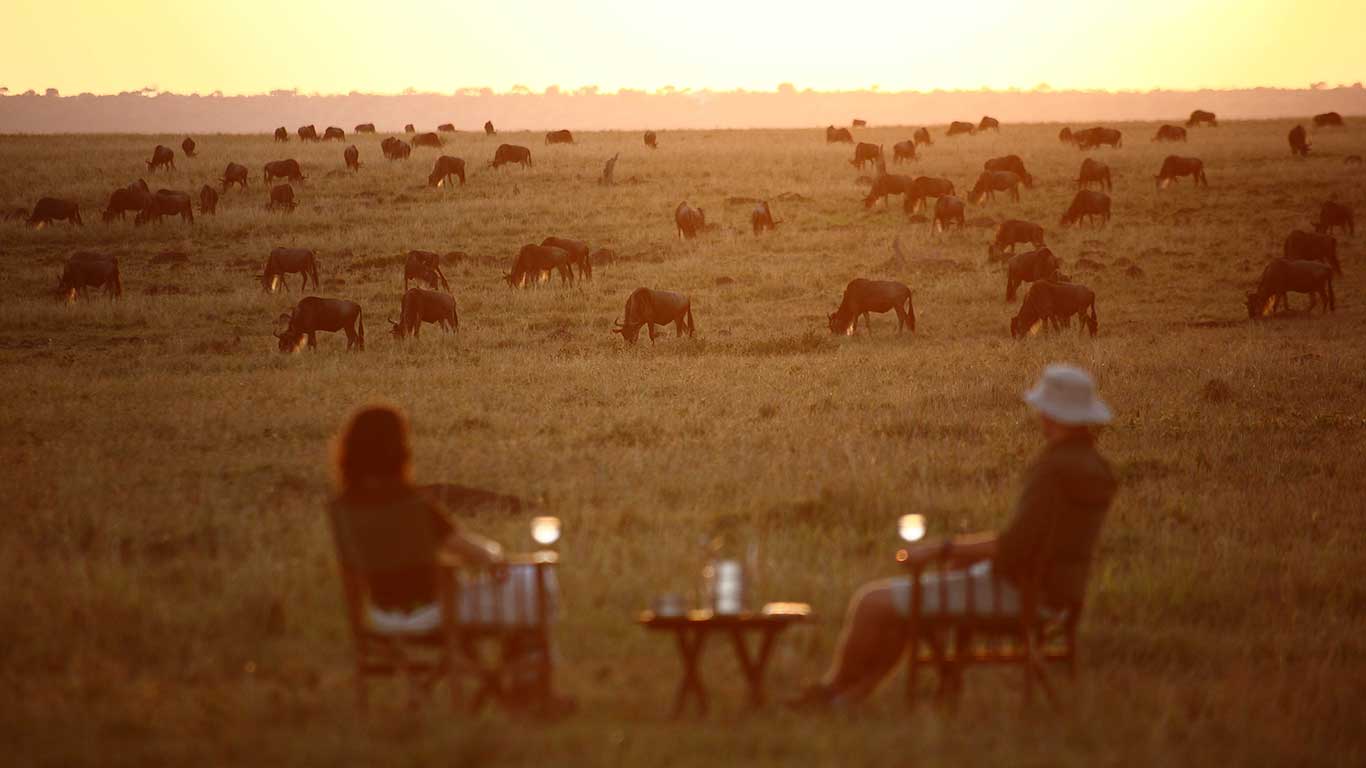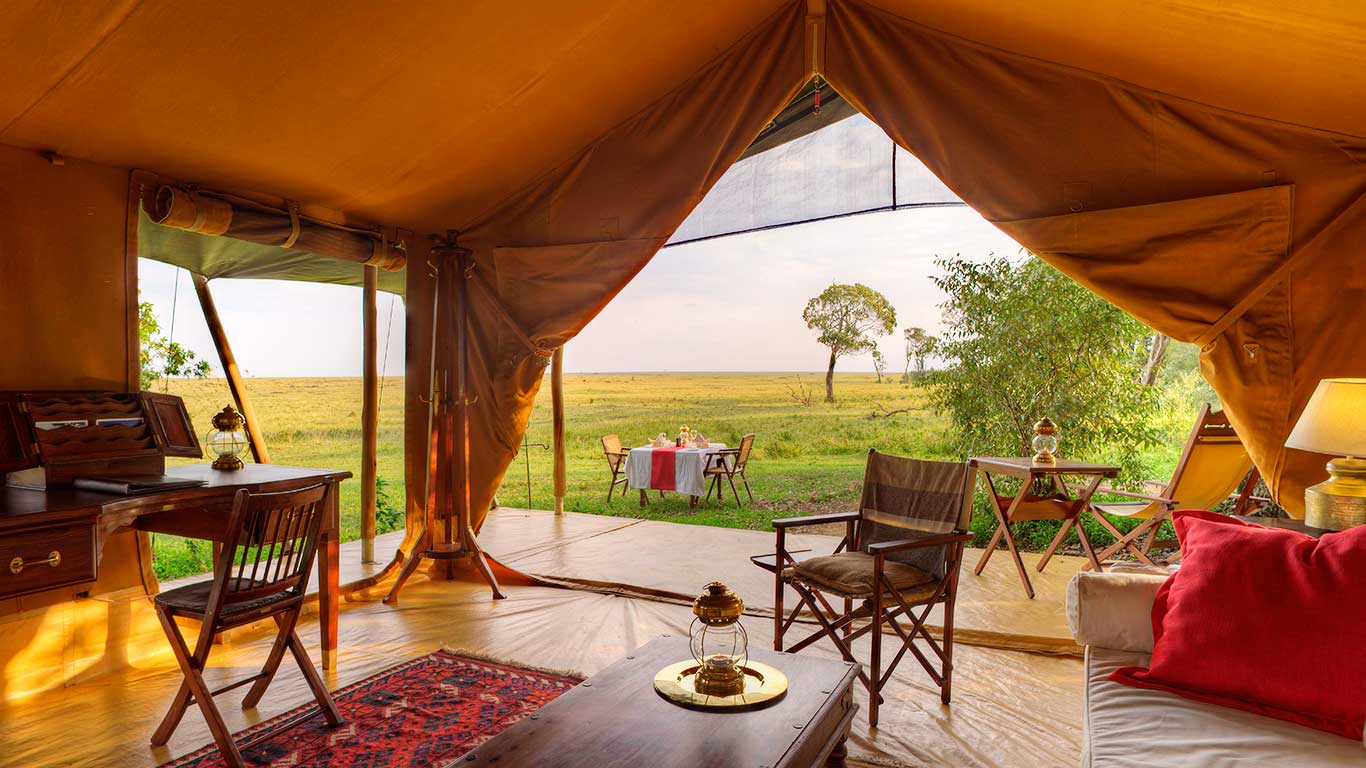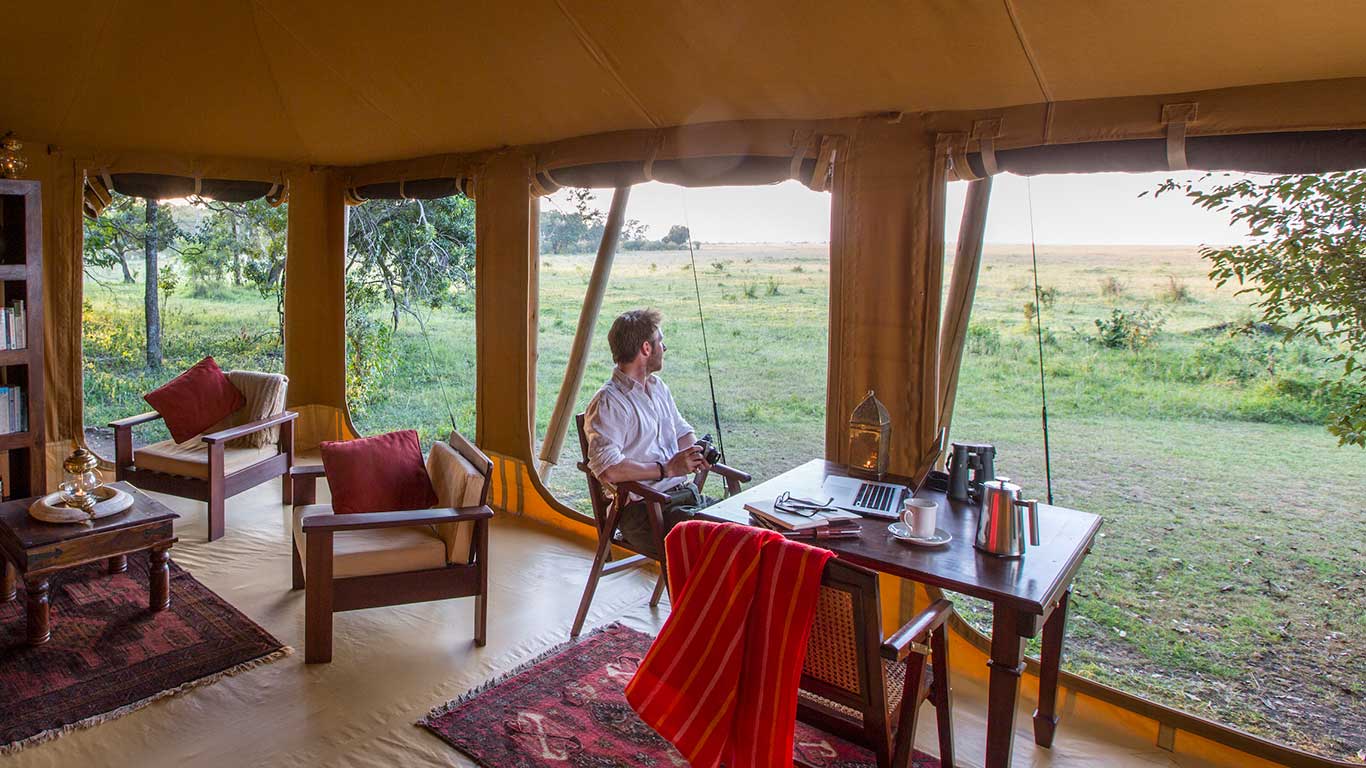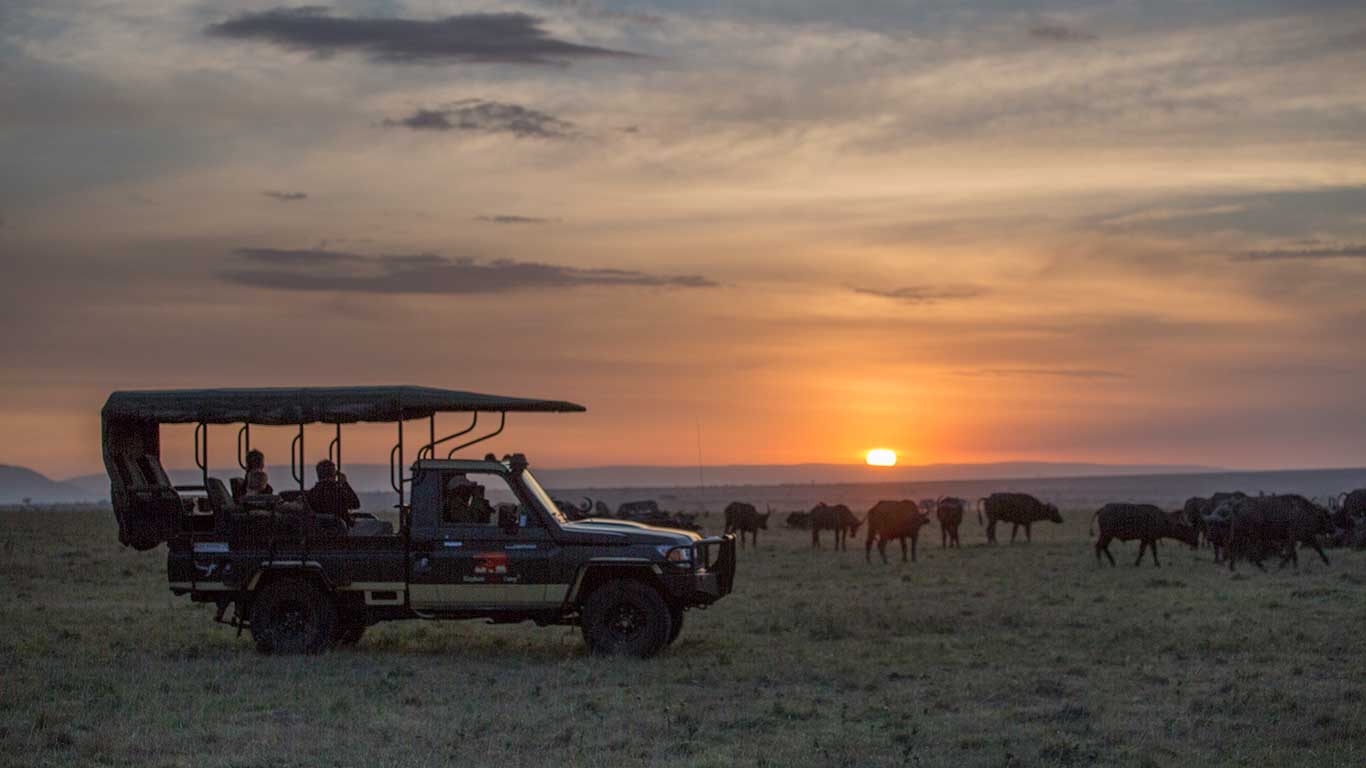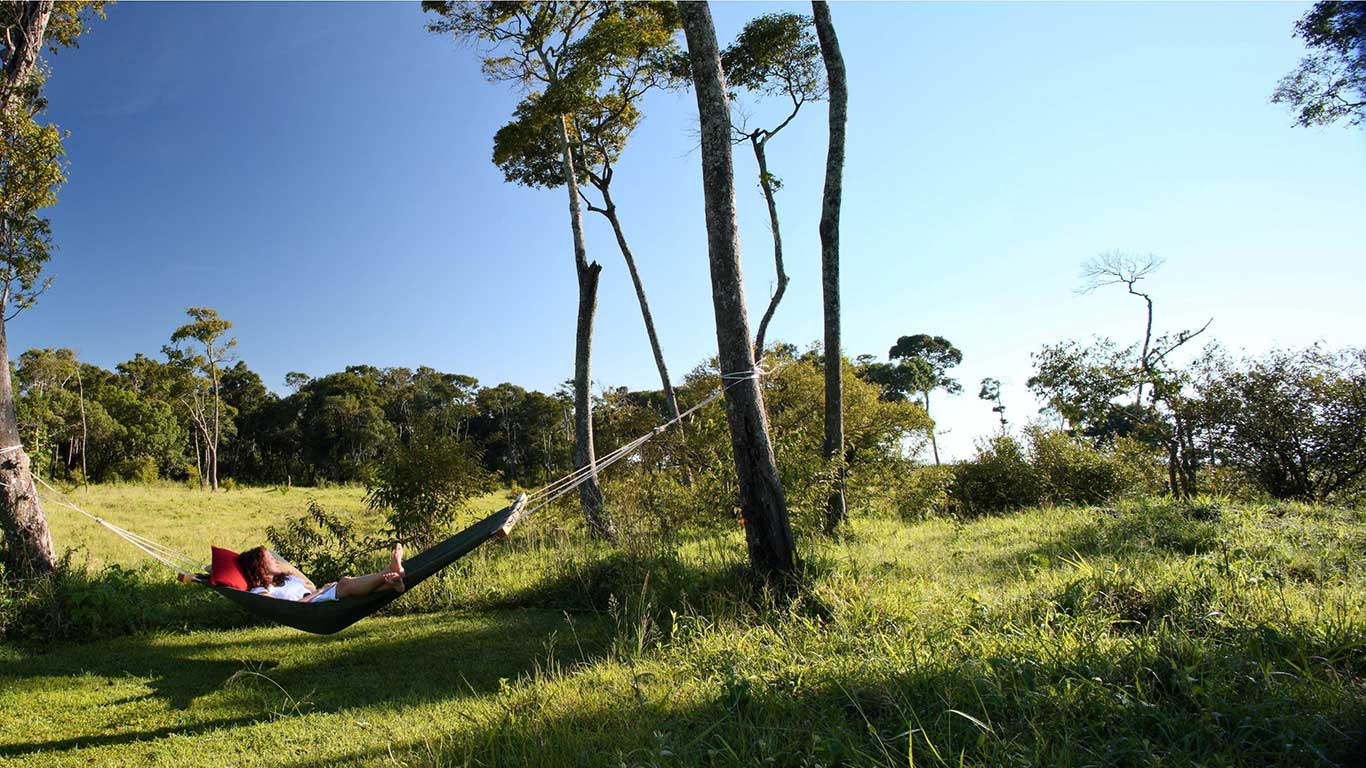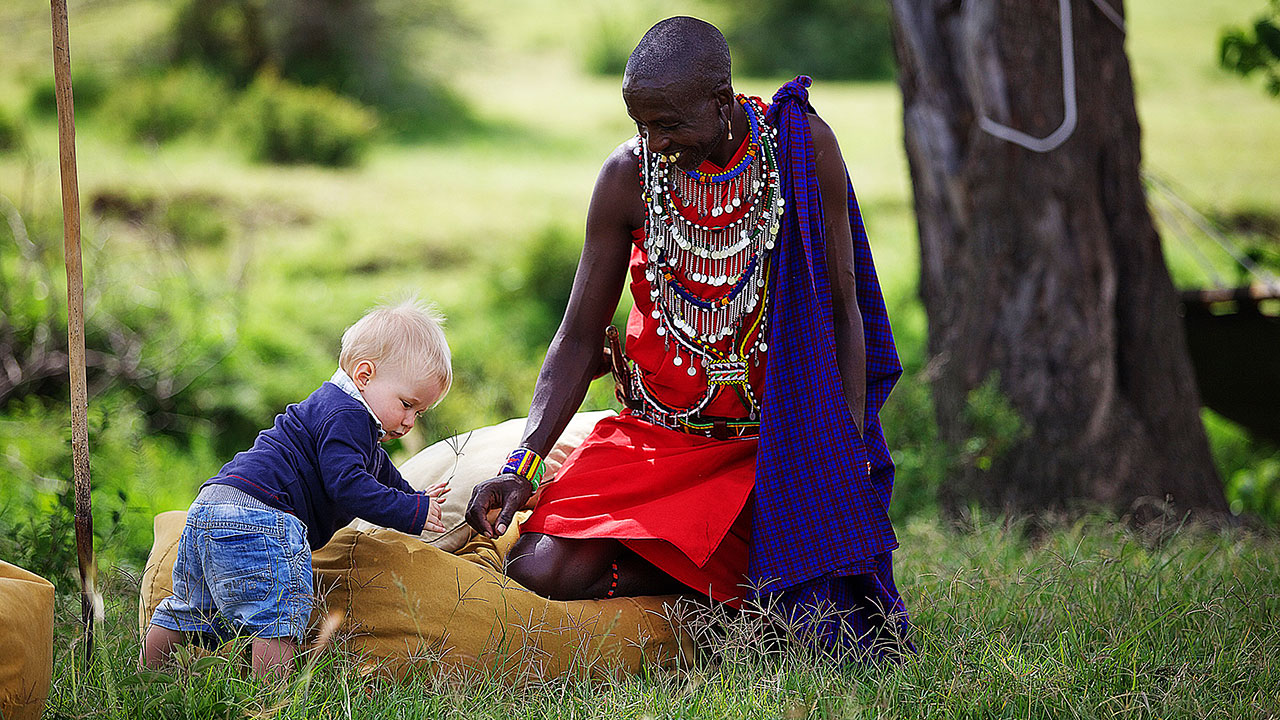The Masai Mara & The Mara North Conservancy
This is the greatest wildlife spectacle in the world!
Greater Mara covers an area of 8000 km sq, a vast fertile wilderness. The Mara is the northern part of the great Serengeti / Masai Mara ecosystem. The Mara is higher in altitude, cooler, has more hills, is more fertile and receives more rainfall (approx. 760mm per year) and is therefore lusher and greener than the long plains of the Serengeti.
Because of this abundance of grazing and vegetation, the Mara has dense populations of wildlife, both the plains game, Thompson’s gazelle, zebra, giraffe, topi, wildebeest, impala …, and therefore plentiful predators.
During the months of June to November, the majority of the zebra and wildebeest in this vast eco-system congregate on the lush fertile plains of the Mara, gathering nutrient, before returning south to the plains of the Serengeti at the end of the year, although of course, very many are resident within the Mara.
Of this vast wilderness, 70,000 acres, is the private conservancy of Mara North Conservancy. Gamedriving in this area is limited to only the camps based here. Being private, yet central to the vast Masai Mara eco-system, the Elephant Pepper guides have easy access to the reserve, zebra and wildebeest crossings, and outstanding gameviewing within the conservancy.
Climate
At an altitude of 5500 – 6400 ft, the days are warm, rising to maximum of 30 deg C, but comfortable with minimum humidity, and the evenings and early mornings are cool. Rainfall is mostly in April and May with an average of 760mm per year.

